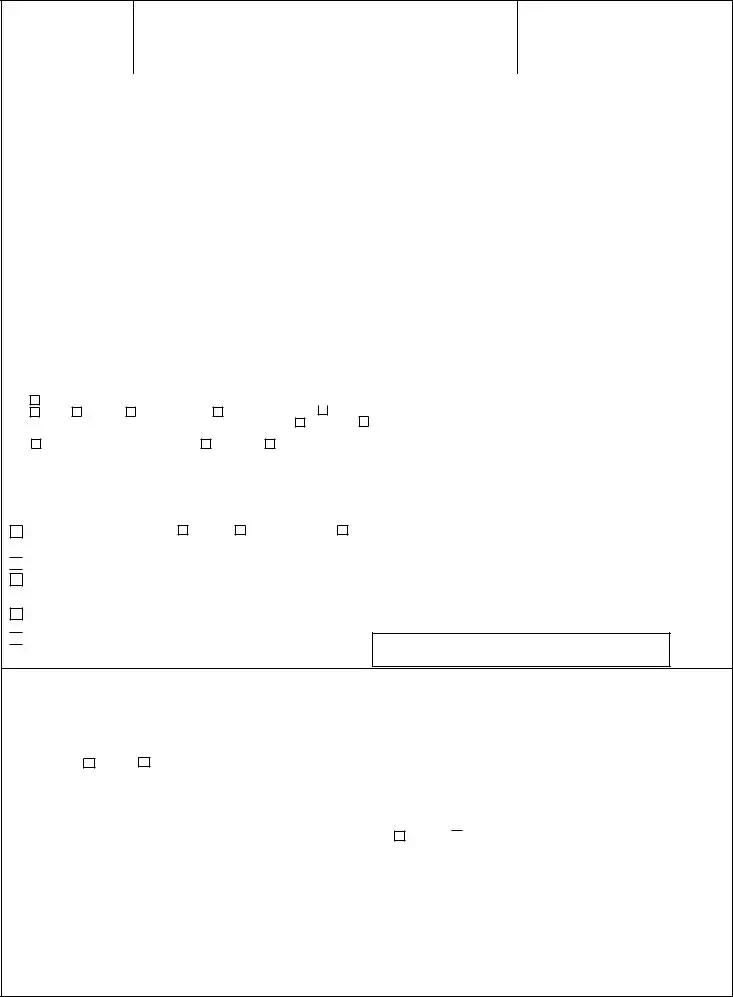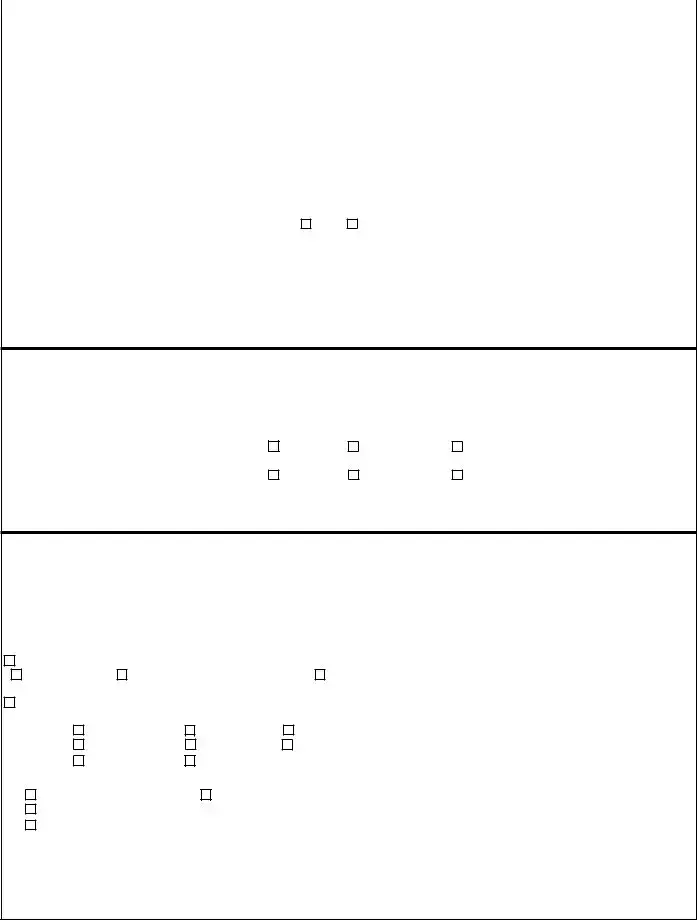
 (15) Order the Defendant to provide temporary possession of the vehicle (description):
(15) Order the Defendant to provide temporary possession of the vehicle (description):
_____________________________________________________________________________________________________to the Plaintiff
|
|
|
|
|
|
|
|
|
|
|
because the Plaintiff has no other means of transportation of his or her own and the Defendant |
|
has control of more than one vehicle: |
or |
|
has alternate means of transportation. |
|
|
|
|
|
|
|
|
|
|
|
|
(16) Incorporate another |
|
custody order (Case Number, County, State: ________________________________); or visitation |
|
|
|
|
order (Case Number, County, State:___________________________________; |
|
support order (Case Number, County, |
|
State: ____________________________________) into this Order. |
|
|
|
|
 (17) Order the Defendant to surrender all firearms.
(17) Order the Defendant to surrender all firearms.
 (18) Direct the appropriate law enforcement office to accompany the Plaintiff to:
(18) Direct the appropriate law enforcement office to accompany the Plaintiff to:  the residence of the parties; and/or another location, ________________________________________________ (description of location), as necessary to enforce
the residence of the parties; and/or another location, ________________________________________________ (description of location), as necessary to enforce
any of the terms of this Order.
 (19) Order other relief not requested above
(19) Order other relief not requested above
(describe):_______________________________________________________________________________________________________
________________________________________________________________________________________________________________
Before me, the undersigned authority, personally appeared the Plaintiff, who is known to me or presented an identification card to me, and who being duly sworn, deposes and says that he/she has read the foregoing Petition for Protection from Abuse and that the facts herein are true and correct.
Sworn to and subscribed before this, the ___________________day of ________________________________, ____________.
_________________________________________________
Plaintiff (Please print)
_________________________________________________
Plaintiff (Signature)
_________________________________________________
Judge/Clerk of County/Notary Public
(Notary: my commission expires _______________).
________________________________________________
_______________________________________________
_______________________________________________
Business Address and Telephone Number of Judge/Clerk Of Court/Notary Public
NOTICE TO DEFENDANT
The Defendant is advised that (1) he or she has the right to counsel at his or her own expense at the final hearing on this Petition but not counsel appointed by the court; and (2) he or she has a right to request a final hearing prior to 10 days of perfection of Service of this Petition.
Original-Court Record |
Copy- Law Enforcement |
Copy-Plaintiff |
Copy-Defendant |


 2. The Defendant is related to the Plaintiff by marriage.
2. The Defendant is related to the Plaintiff by marriage.
 5. The Defendant and the Plaintiff are unmarried parents of a child.
5. The Defendant and the Plaintiff are unmarried parents of a child. NO
NO



 direct the appropriate law enforcement officer to accompany the Plaintiff during the effort to remove any of the Plaintiff’s child(ren).
direct the appropriate law enforcement officer to accompany the Plaintiff during the effort to remove any of the Plaintiff’s child(ren). (8) Remove and exclude the Defendant from the residence of the Plaintiff, regardless of ownership of the residence.
(8) Remove and exclude the Defendant from the residence of the Plaintiff, regardless of ownership of the residence. (9) Prohibit the Defendant from
(9) Prohibit the Defendant from  (10) Order other relief deemed necessary to provide for the safety and welfare of the: and/or
(10) Order other relief deemed necessary to provide for the safety and welfare of the: and/or  (12) Order the Defendant to pay attorney’s fees and court costs.
(12) Order the Defendant to pay attorney’s fees and court costs. (13) Grant possession of the residence or household to the Plaintiff to the exclusion of the Defendant by:
(13) Grant possession of the residence or household to the Plaintiff to the exclusion of the Defendant by:  (14) Order the Defendant to pay temporary reasonable child support for the Plaintiff and/or any child(ren) in the Plaintiff’s custody, or both, in accordance with the Child Support Guidelines. (If this relief is sought, you must Attach COMPLETED copies of Form
(14) Order the Defendant to pay temporary reasonable child support for the Plaintiff and/or any child(ren) in the Plaintiff’s custody, or both, in accordance with the Child Support Guidelines. (If this relief is sought, you must Attach COMPLETED copies of Form 

 (15) Order the Defendant to provide temporary possession of the vehicle (description):
(15) Order the Defendant to provide temporary possession of the vehicle (description): (17) Order the Defendant to surrender all firearms.
(17) Order the Defendant to surrender all firearms. (18) Direct the appropriate law enforcement office to accompany the Plaintiff to:
(18) Direct the appropriate law enforcement office to accompany the Plaintiff to:  the residence of the parties; and/or another location, ________________________________________________ (description of location), as necessary to enforce
the residence of the parties; and/or another location, ________________________________________________ (description of location), as necessary to enforce (19) Order other relief not requested above
(19) Order other relief not requested above